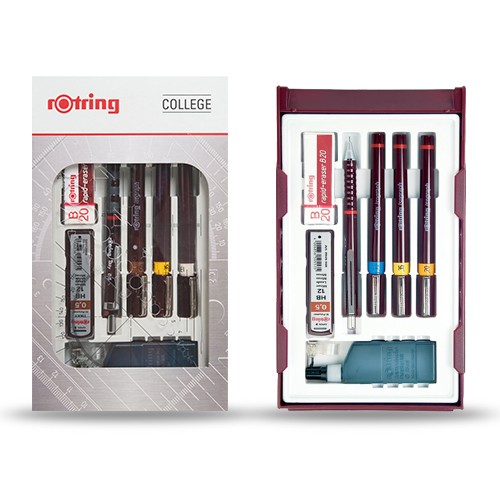
It will help you to draw out accurate circles and arches, both on your base and in your model templates.Īll of these tools can be found at your arts and crafts store.Įvery good bamboo structure stands on a solid base. The Compass is a great additional tool if you are interested in hyperbolic forms and domes. We suggest that you take two different lengths of rulers, one shorter (15cm) and another longer one (30cm) to help you measure the various parts of your model easily. This allows you to take measurements even in the most organic parts of the model with not too much difficulty. The Ruler should be metal-based and pretty flexible if possible. However, any lead softer than 6B will be too soft, making it hard to make precise markings that will stay on the bamboo stick. If you decide to use a H lead, it might be harder to transcribe measurements and annotations on the bamboo stick. Therefore, you need a pencil and a ruler that will help you draw clear and detailed markings.įor the Pencil, we suggest using a softer lead. Precise measurements of your bamboo pieces, especially in the Structural and Final Models will help your construction team to find the right bamboo pieces on-site for that specific location. This is no different when you are making a bamboo model. However, the Rubber Bands are most likely found in an office supply store or in the hair section of a larger supermarket.Īs with any craft project, a Pencil and a Ruler are useful to be accurate. The Masking Tape and the Superglue should be easy to find at an arts and crafts store. They allow you to play around with the form and test out where and how you want to place your bamboo in real life. The Rubber Bands are also great temporary binding tools, particularly if you are playing around with Hyperbolic systems, like the Hyperbolic Towers used to hold up Green School and the Hyperbolic Paraboloids that shape the Bamboo U Hall. This will help to hold your pieces together until you decide on the form more permanently. Start by cutting out really thin strips of masking tape and bind them around the bamboo joint.

If you are unsure about your model and need some time to think about the design, you can start binding your bamboo sticks together using Masking Tape. Be particularly careful when using superglue not to let it come into contact with your face, especially your eyes as it can damage them. This will help to activate the binding chemicals. The trick with superglue is to gently press the two pieces of bamboo together as you are binding them together. Instead, for bamboo model making, we tend to use fast-drying glues like clear Superglue as it reacts better with the bamboo sticks. Because of bamboo’s external layer of silica and fibres, it can be difficult to permanently bind the sticks together using traditional wood glue. These tools help to bind your modelling sticks together into a proper form or structure. Most likely, you will be able to find these sticks either online or at a kitchen equipment store. Though the skewers and sushi rollers do not have the same exact properties of our carpenter-made sticks (the silica is usually completely removed), they are a close enough dupe in the context of model making. If you do decide to buy a bamboo sushi rolling mat, be sure to buy the type where the sticks have a round profile. Instead, we suggest using Bamboo Skewer Sticks and Sushi Rollers to replace the thicker and thinner bamboo sticks respectively. That being said, we know that real hand-whittled bamboo sticks are difficult to find everywhere in the world.
Architect design kit skin#
Additionally, our carpenters purposely leave some of the bamboo’s skin and silica on the sticks, which helps the architects to mimic the real properties of the bamboo. By using the two diameters in the same model we are able to more accurately replicate real-life structural parameters. One thicker diameter to represent the structural components and a thinner one for the rafters and details.


We typically like to have at least two different diameters of bamboo sticks in our model making kit. At Bamboo U, we are lucky to have carpenters who hand-whittle each of our bamboo sticks for model making from the very same bamboo species we use in our construction projects (Dendrocalamus asper).


 0 kommentar(er)
0 kommentar(er)
